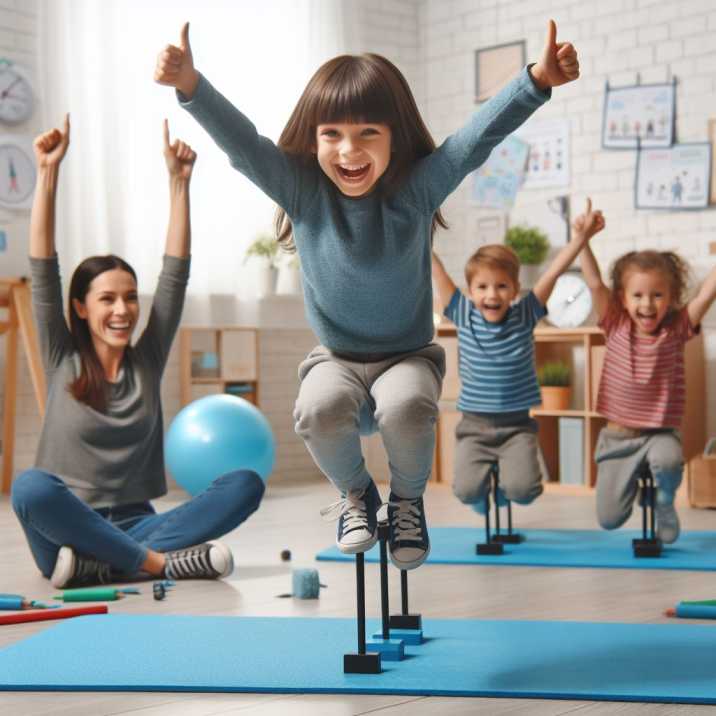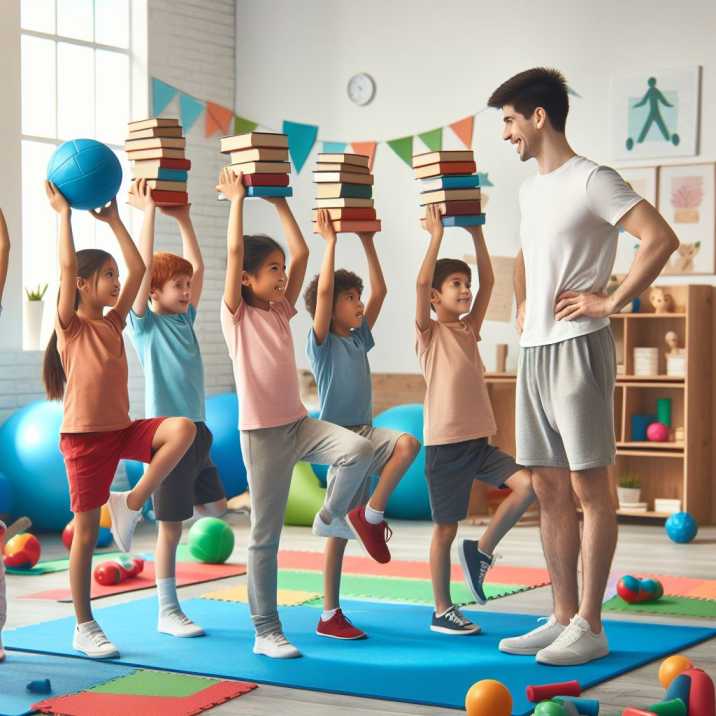Introduction
Table of Contents
Balancing Drills for Kids Martial Arts Belt Testing
Are you ready to embark on a journey of mastering stability for your kid’s martial arts belt testing? Balancing drills play a crucial role in honing their skills, ensuring they excel with confidence and focus. In this comprehensive guide, we’ll delve into various aspects of balancing drills for kids martial arts belt testing.

Understanding the Importance of balancing drills for kids martial arts belt testing
Balancing drills are fundamental in martial arts training, enhancing stability, coordination, and focus. These drills lay the foundation for mastering advanced techniques and performing with precision during belt testing.
Building Core Strength with Balancing Drills
Core stability is key to mastering balance.
Core strength is vital for maintaining balance in martial arts. Incorporating exercises that target the core muscles, such as planks, leg raises, and Russian twists, helps build stability from within. These exercises also contribute to better posture and overall strength.
Enhancing Focus through Mind-Body Connection
Mindfulness improves balance and concentration.
Encourage your child to develop a strong mind-body connection during balancing drills. Practicing mindfulness techniques, such as deep breathing and visualization, helps enhance focus and concentration. By being present in the moment, they can improve their balance and performance.
Fun and Engaging Balancing Drills for Kids
Make drills enjoyable to keep kids motivated.
Make balancing drills exciting by incorporating games and challenges. Activities like “Balance Beam Walk,” “Stance Switch-Up,” and “Obstacle Course” not only improve balance but also add an element of fun to training sessions. Engaging drills keep kids motivated and eager to participate.
Importance of Progression in Balancing Exercises
Gradually increase difficulty for continuous improvement.
Progressive training is essential for skill development in martial arts. Start with basic balancing exercises and gradually increase the difficulty level as your child progresses. This approach ensures continuous improvement while preventing discouragement from overly challenging drills.
Incorporating Equipment for Varied Training
Props and equipment add diversity to drills.
Introduce equipment like balance boards, stability balls, and agility ladders to diversify balancing drills. These tools provide varied challenges, improving proprioception and coordination. Incorporating equipment keeps training sessions dynamic and engaging for kids.
Partner Drills for Social Interaction
Partner drills enhance cooperation and communication.
Include partner balancing drills to foster teamwork and social interaction. Activities like “Mirror Drill” and “Partner Balance Challenge” require cooperation and communication between partners, enhancing their martial arts skills while building friendships.
The Role of Balancing Drills for Kids Martial Arts Belt Testing
Balance is essential for executing techniques accurately.
During belt testing, balance plays a crucial role in performing techniques with precision. Whether executing kicks, punches, or forms, maintaining stability ensures that movements are accurate and controlled. Balancing drills prepare kids to showcase their skills confidently during testing.
Tips for Practicing Balancing Drills at Home
Consistent practice leads to improvement.
Encourage regular practice of balancing drills at home to supplement dojo training. Create a dedicated space for practice and establish a consistent routine. Celebrate small victories and provide encouragement to keep your child motivated on their martial arts journey.
Celebrating Achievements and Progress
Acknowledge and celebrate milestones.
Recognize your child’s efforts and progress in mastering balancing drills. Celebrate achievements, whether it’s holding a balance pose for an extended duration or mastering a challenging drill. Positive reinforcement boosts confidence and inspires continued dedication to training.
Conclusion
Mastering balancing drills for kids martial arts belt testing. By incorporating fun and engaging exercises, focusing on core strength and progression, and fostering a positive training environment, you can help your child develop the stability and confidence needed to excel in their martial arts journey.

Frequently Asked Questions (FAQs)
1: How often should my child practice balancing drills for martial arts belt testing?
- Answer: It’s beneficial for your child to practice balancing drills regularly to improve stability and coordination. Aim for at least 2-3 sessions per week, with each session lasting 15-30 minutes. Consistency is key to seeing progress over time.
2: Are there specific balancing drills suitable for different martial arts disciplines?
- Answer: Yes, various balancing drills can be tailored to different martial arts disciplines. For example, practitioners of Taekwondo may focus on single-leg balance exercises to improve kicking techniques, while those in Karate may emphasize stances and weight distribution for stability during kata performances.
3: What are some safety tips to consider when practicing balancing drills at home?
- Answer: Safety is paramount during martial arts training. Ensure the practice area is clear of obstacles or hazards that could cause tripping or falling. Use proper footwear or go barefoot for better grip. Additionally, supervise younger children to prevent accidents and encourage proper form.
4: How can I motivate my child to stay consistent with balancing drills practice?
- Answer: Keep practice sessions engaging and enjoyable by incorporating games, challenges, or rewards for reaching milestones. Set achievable goals and celebrate progress together. Encouragement and positive reinforcement go a long way in maintaining motivation.
5: Can adults benefit from incorporating balancing drills into their martial arts training?
- Answer: Absolutely! Balancing drills are beneficial for martial artists of all ages and skill levels. They help improve core strength, stability, and overall performance. Adults can integrate balancing exercises into their training regimen to enhance technique and prevent injuries.


